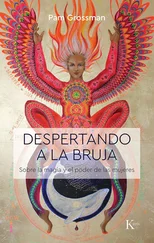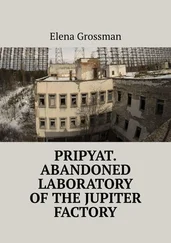Black Arts made role-playing games, strategy games, first-person shooters, even a golf game. But if there was one constant in the Black Arts games, it was the Four Heroes. They were—I think—based on the ones in Gauntlet, but you couldn’t say for sure because they were the same four heroes you found in almost any video game that featured four heroes, anywhere:
(1) A muscular guy with a sword
(2) A bearded guy in a robe
(3) A skinny guy with a knife
(4) A sexy lady
Whether you thought of them as Jungian archetypes or a set of complementary game mechanics, they’d been around almost since the beginning. Black Arts mixed and matched them depending on the plot of a given game, but they kept the names the same. It was part of the brand, and people cared a surprising amount about them.
The history of Endoria was divided into three ages, which had in common the fact that the world of Endoria was completely fucked.
Of the First Age comparatively little is known, other than it was an age of near-divine beings, heroes, Dreadwargs, and tragedy. Games were never set directly in the First Age; it was just used to explain strange objects like the Hyperborean Crown and the Brass Head, which emanated from the gods and wizard kings of this era. A creeping darkness overwhelmed the Great Powers, and the world descended into warring kingdoms.
The Second Age: That was when the four central heroes made their first appearance: Brennan the warrior, Lorac the wizard, Prendar the thief, and Leira the princess. I had no idea what happened other than that it ended with a gigantic war involving practically everybody.
The Third Age, where Realms games are mostly set, was the era of rebuilding, the long struggle for the restoration of the world.
Third Age Endoria was a dangerous place; it wasn’t noble, it wasn’t mystical, and it wasn’t especially dignified. Dwarves lied; elves slit throats. The land was a chaotic mess of factions and cultures and species. Different languages split the world, Coronishes and Zeldunics at each other’s throats. Rival deities and pantheons played games with the world, spawning curious groups like the Antic Brotherhood, which served the chaos daemon, Quareen, and the Nephros Concordance, with its vast and mysterious wealth. Different schools of wizardry competed for supremacy: Horn Adepts were masters of illusion; Summoners and Divinomancers were like cosmic hustlers, making deals with unseen entities, playing powerful forces against each other, always trying to come out ahead. Pyrists and Infomantics clung to their disciplines like addicts; Necromancers, like engineers of a rotting eldritch calculus. The world was dirty, as if in that tournament all the shiny, high-fantasy idealism had been hacked to pieces and ground into the mud of the Second Age.
The Four Heroes’ lives continued, through sequel after sequel. There was no fictional justification for their extended life spans—did they have identical descendants, or did they just live a long time, as people in the Old Testament did? No one explained. Prendar was half elf and half human, and Lorac was a wizard, so they might plausibly have extended life spans, but even this was pushing it. (This was to say nothing of their twentieth-century and far-future analogues, for which no rational explanation suggested itself. Realms had a ludic dream logic of its own.) The Four Heroes were more like actors in a repertory company than stable characters. Nearly every story needed to fill one or more of their roles, “fighter” or “wizard” or “thief” or, well, “generic female person,” and they always showed up and did their bit. Sometimes they were a little older or younger than they were in previous games.
Were the characters supposed to remember everything that happened to them? If I asked one of them, would it know? It didn’t seem like it—most of the time they seemed paper-thin, just empty things you steered around the world to get what you wanted. No way to ask them, and no point to doing so. They weren’t even people; they were half people, you and not you, or the half of you that was in the world.
The Heroes met, adventured together, betrayed one another, reconciled, and even married (choice of Leira and Brennan or Leira and Prendar; I went with the latter). Lorac recovered the Staff of Wizardry and became the evil Dark Lorac for a while. Leira and Prendar ended up leading an army against the other two, and even had a son.
The Lich King rose, the last Elven Firstcomer died, and her knowledge was lost forever.
And of course they explored about a thousand dungeons and had a thousand adventures. There was the urban conspiracy one. The icy northern one that explained the elven tribes, the one about the swamplands, the one about the dwarven empires, the weird plane-traveling one, the forestlands, the drowned ruins one, the vampire one.
The Heroes saved the world and acquired vast riches, as one does, but when next we would meet them they were always back to square one, broke and first-level. We wouldn’t have it any other way.
After that… things got weird. If you paged through enough rule supplements and unofficial spin-offs you could find rules for almost anything—rules in case characters dimension-traveled into the Old West or postapocalyptic Earth, for example.
The Soul Gem turned the time line back on itself, stretching and looping it forever. The Heroes even turned up in the First Age from time to time. Rumor had them fighting in the final siege of Chorn, or seeking out Adric from his wandering years and putting him on the path homeward. People said Leira’s child was Adric’s and was the true heir to the crown before he fell. Or that one day the far-future heroes Pren-Dahr, Ley-R4, Loraq, and Brendan Blackstar would travel back in time to save the Third Age, or perhaps doom it, whatever that means—people are always dooming things in fantasy. The Third Age kind of doomed everything anyway.
As I thought of it, the First Age was like childhood, years of long-ago upheaval, trauma, and unbearable longing, during which our characters were formed.
The Second Age was high school. Battle lines were drawn, alliances hardened into place, strategies tested, scars acquired. The crimes committed in this Age would fester for millennia.
And the Third Age was everything after, when we went our separate ways and order was restored but nothing quite forgiven or forgotten. There was also a Fourth Age no one much bothered with, which marked the retreat of magic into mere legend and superstition and the ascendancy of humankind—i.e., the time when we grew up and got boring and our hearts, generally speaking, died.
I gathered there was a certain amount of armchair quarterbacking in the lower ranks of Black Arts, about how we were a little too loyal to the Realms of Gold thing. Don still believed the franchise had legs, that with the right game behind it, RoG could be as big as Final Fantasy or Warcraft, with bestselling tie-in novels, conventions, maybe a movie. But for now it was just another medieval pastiche, a sub-Narnian, off-brand Middle-earth, waiting to be a forgotten part of somebody’s adolescence, all the knights and ladies and dragon-elves left behind along with high school detention and Piers Anthony novels.
On the other hand, there were, out there, players who genuinely cared about the third Correllean dynasty, who read the cheaply ghostwritten tie-in novels, who were emotionally invested in the war against the House of Aerion, and who considered the death of Prince Vellan Brightsword in the Battle of Arn to be an event that genuinely diminished the amount of goodness and light in the world.
But it wasn’t as if Black Arts suffered from an exaggerated reverence for its own intellectual property. Maybe at first, but all the high-fantasy gravitas in the world wouldn’t survive the sight of Lorac hiking up his robes to nail a tricky hardflip-to-manual transition in Pro Skate ’Em Endoria: Grind the Arch-Lich.
Читать дальше
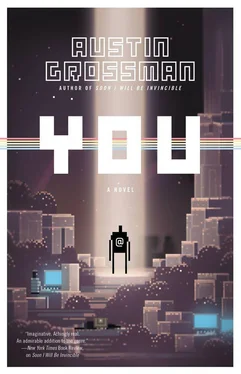
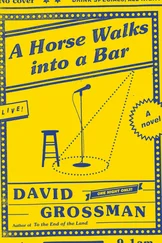
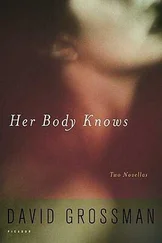
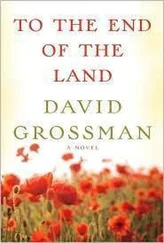

![Ally Carter - [Gallagher Girls 01] I'd Tell You I Love You But Then I'd Have to Kill You](/books/262179/ally-carter-gallagher-girls-01-i-d-tell-you-i-lo-thumb.webp)

